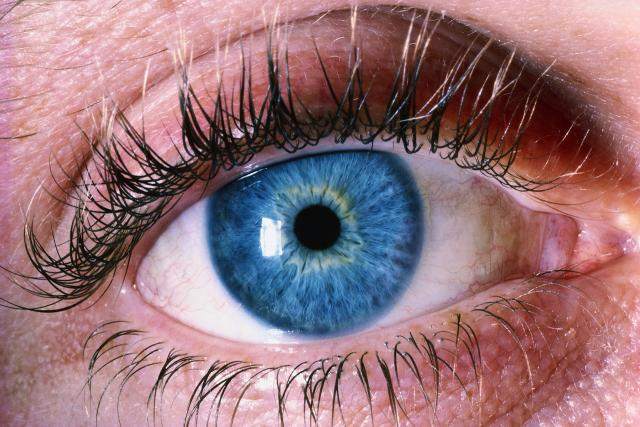Neuroscientists at Cambridge University have come up with a more interesting use for their Inkjet printer other than printing photos of the lab’s Christmas party.
According to the British journal Biofabrication, which we get for the spot the fabrication competition, the team used an inkjet printer to print cells from the eye, making a practical step in the quest to grow replenishment tissue for damaged or diseased organs.
Researchers at England’s extracted two types of cells from rat retinas and squirted them through a printer nozzle to see if they survived.
Apparently the rats’ retinas were healthy after being “printed,” retaining their ability to survive and grow.
What the Cambridge boffins Keith Martin and Barbara Lorber believe is that they could use this technique to build artificial tissue in layers.
This is the first time that the technology has been used to successfully print mature cells from the central nervous system, the scientists said. They cautioned, however, that much work lay ahead.
What they want to do is build retinal tissue for people suffering from degenerative diseases of the eye as the loss of nerve cells in the retina is a feature of many blinding eye diseases.
“The retina is an exquisitely organised structure, where the precise arrangement of cells in relation to one another is critical for effective visual function,” they said in a press release.
The team used a piezoelectric inkjet printer head, which expelled so-called glia cells and retinal ganglion cells from adult lab rats through a single nozzle less than one millimetre (0.04 of an inch) across.
Inkjet fluid has a narrow margin of error in terms of viscosity and surface tension before it stops working. Adding cells to the liquid had the potential to make a real mess.
The only thing wrong with the technique is that there was a large loss in the number of cells sinking to the bottom of the fluid reservoir where they could not be printed. The cells that were printed were undamaged and could grow.

Source: TechEye






